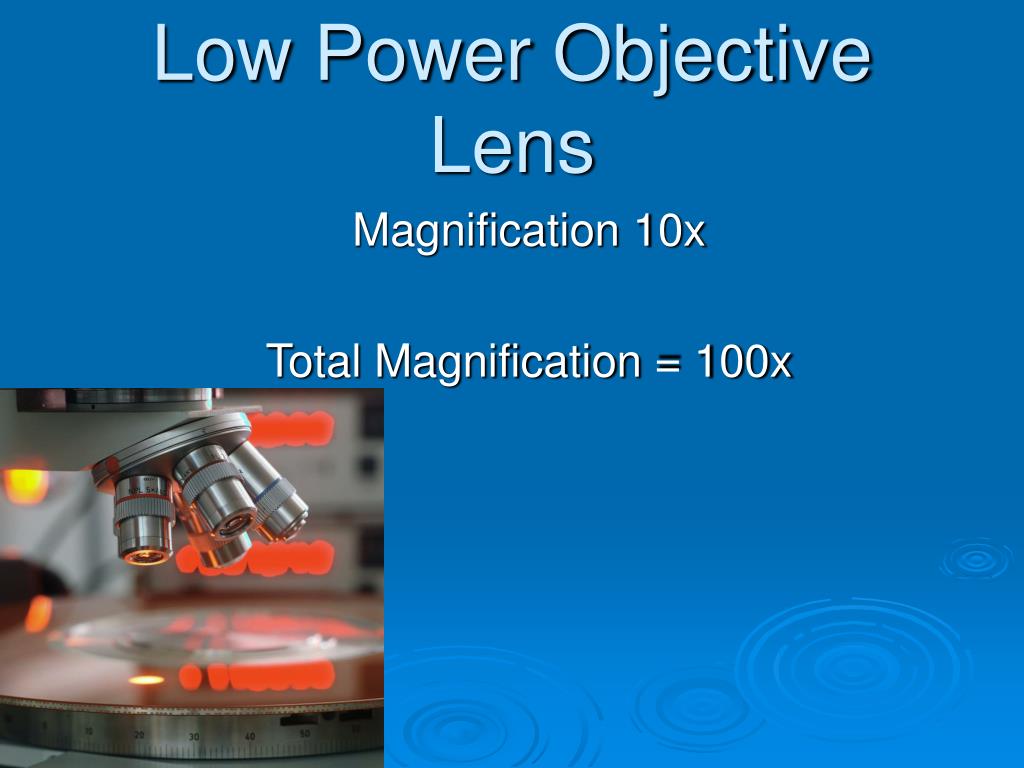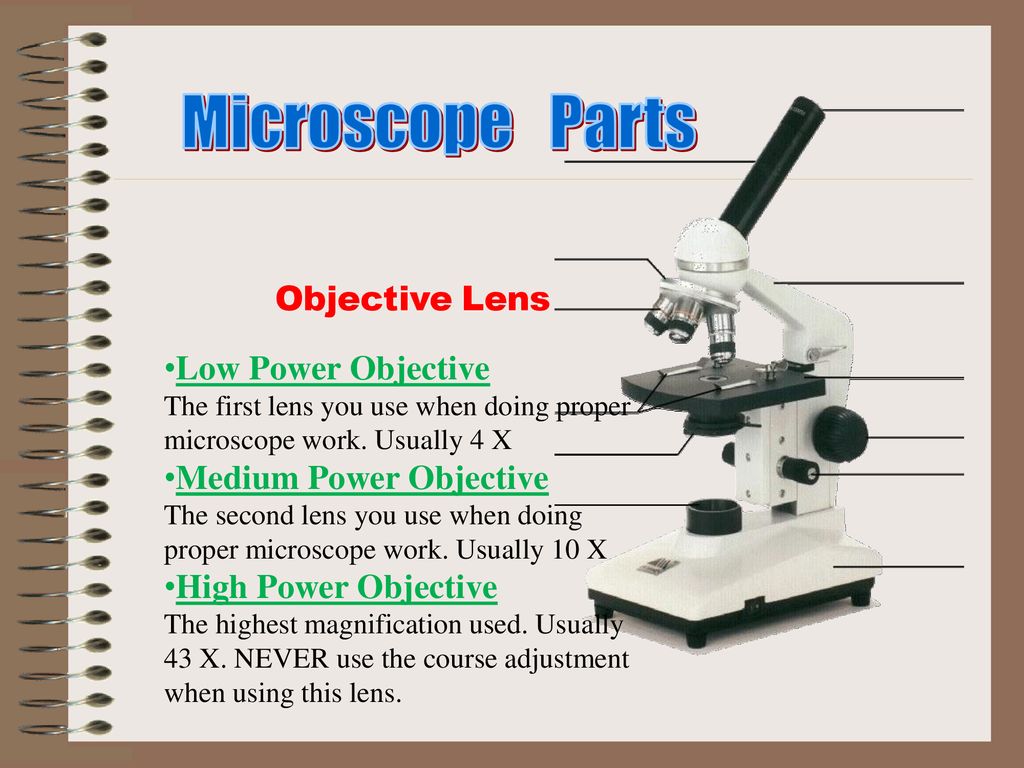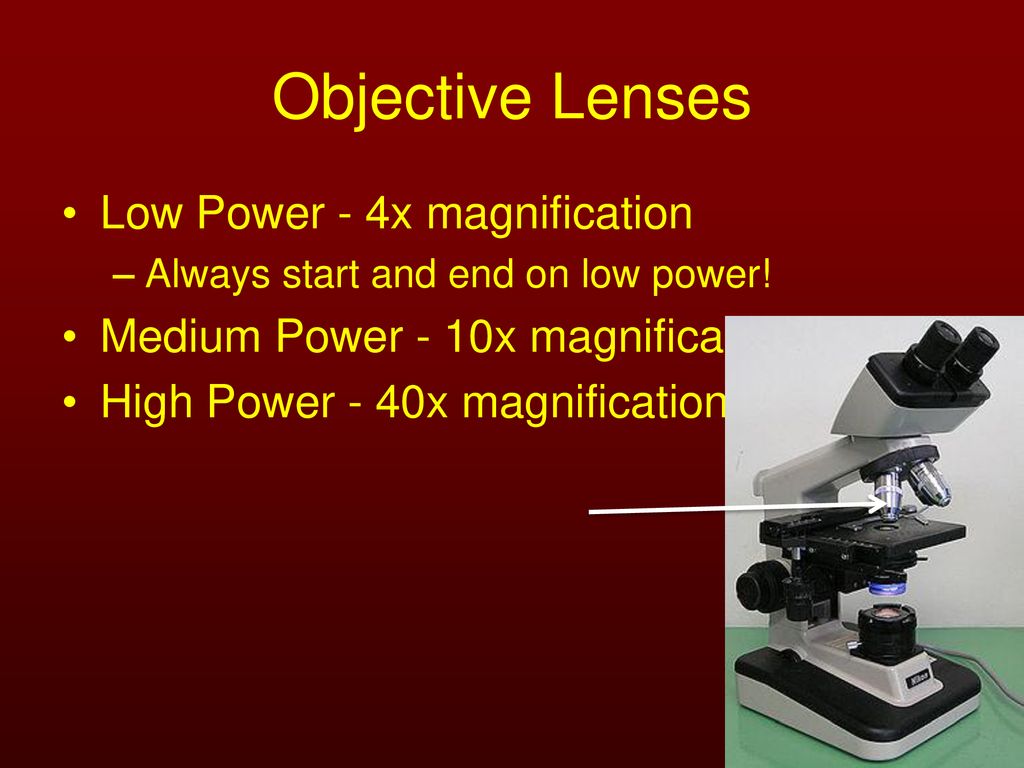Magnification Of The Low Power Objective Lens Is Usually
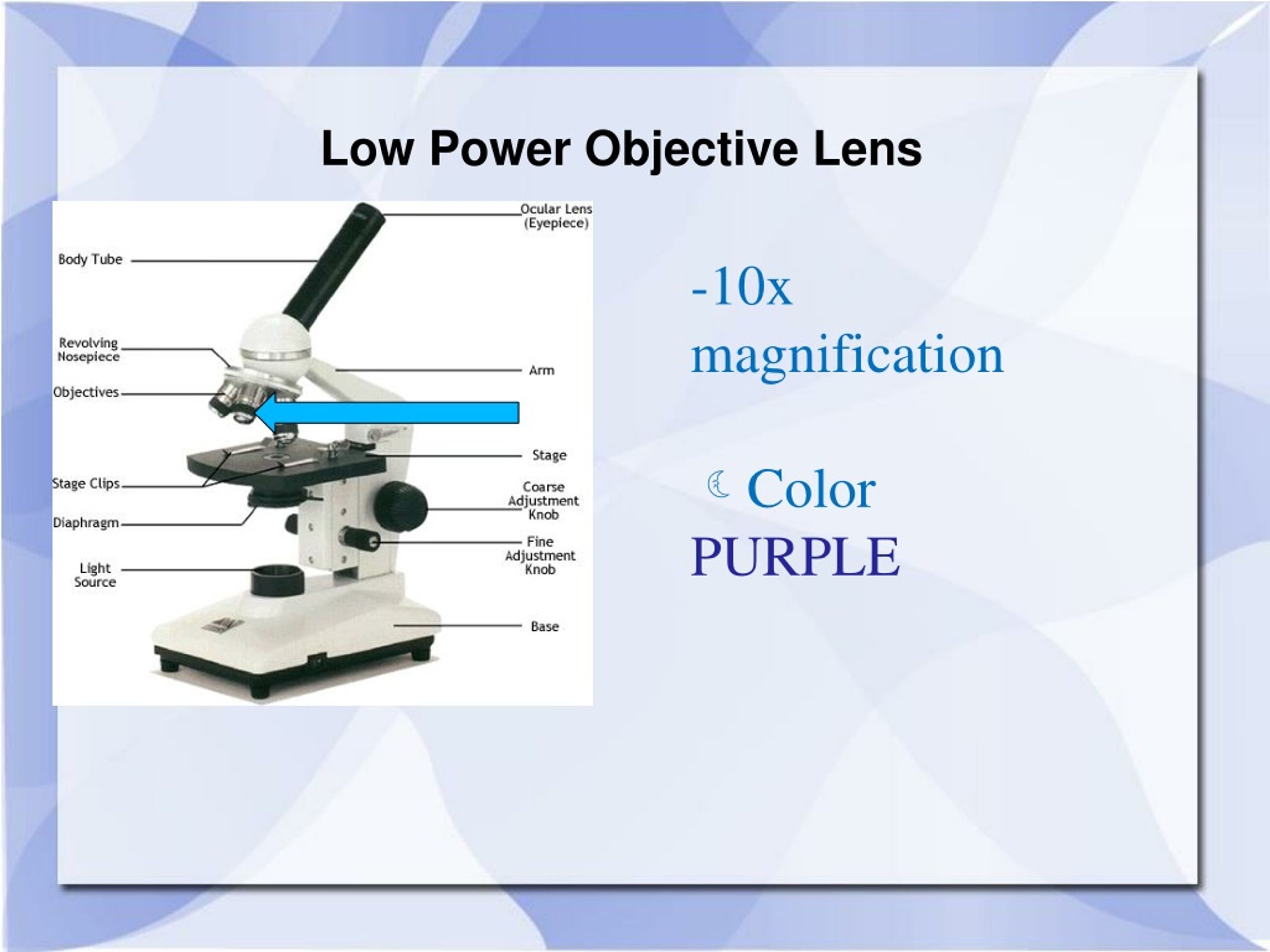
In laboratories across the globe, from bustling research institutions to quiet classrooms, a seemingly simple question sparks debate and occasional confusion: What is the typical magnification of a low power objective lens on a standard light microscope? The answer, while often assumed to be straightforward, reveals a nuanced understanding of microscopy and its fundamental principles.
Understanding the magnification power of a low power objective lens, commonly cited as 4x, is crucial for accurate specimen observation and preliminary analysis in microscopy. This article delves into the prevalent 4x magnification, exploring its utility, limitations, and alternatives. We examine the implications for scientific research, education, and various applications, providing clarity on a seemingly elementary yet fundamentally important aspect of optical microscopy.
The Ubiquitous 4x Objective Lens
The 4x objective lens stands as a cornerstone in light microscopy. It is frequently the first lens used when examining a new slide.
Its primary function is to provide a wide field of view, enabling users to quickly locate and orient themselves within the sample. This low magnification facilitates the identification of areas of interest for subsequent observation at higher powers.
Why 4x? The Rationale Behind the Standard
The selection of 4x as a standard low power objective magnification is not arbitrary. It balances the need for a broad overview with sufficient detail for preliminary identification.
Lower magnifications might offer an even wider field of view, but they could lack the resolving power necessary to distinguish basic structural features. Higher magnifications, on the other hand, would limit the field of view, making it challenging to navigate the specimen.
4x, therefore, represents a pragmatic compromise, optimized for efficient scanning and initial assessment.
Beyond 4x: Alternative Low Power Objectives
While 4x is the most common low power objective, alternatives exist and are used in specific contexts. Some microscopes feature objectives with magnifications such as 2x or 2.5x, offering even broader fields of view.
These ultra-low power objectives are particularly useful when examining large specimens, such as whole tissue sections or entire organisms. They are also valuable in situations where speed and ease of navigation are paramount.
Specialized Applications and Variations
Specific applications may necessitate variations in low power objective lens design. For instance, some specialized microscopes, such as those used in dermatology for examining skin biopsies, might employ modified low power objectives with improved image quality or extended working distances.
Similarly, educational microscopes designed for younger students may feature simplified optics and lower magnifications for ease of use and safety.
These adaptations highlight the flexibility and adaptability of microscopy techniques to address diverse research and educational needs.
The Importance of Proper Calibration and Usage
Regardless of the specific magnification, proper calibration and usage are essential for accurate microscopy. The total magnification is calculated by multiplying the magnification of the objective lens by the magnification of the eyepiece (ocular lens).
Typically, eyepieces have a magnification of 10x. Thus, a 4x objective lens combined with a 10x eyepiece results in a total magnification of 40x.
Incorrectly calibrated microscopes or improper focusing techniques can lead to inaccurate measurements and misinterpretations of the observed structures.
Challenges and Future Directions
Despite the widespread adoption of 4x objective lenses, certain challenges remain. One challenge is achieving optimal image quality at such low magnifications, particularly in terms of resolving fine details and minimizing optical aberrations.
Ongoing research focuses on developing improved low power objectives with enhanced image quality and wider fields of view. Advances in lens design, coating technologies, and illumination techniques are contributing to these improvements.
Digital Microscopy and Image Analysis
The integration of digital microscopy and image analysis tools is transforming the way low power objective lenses are used. Digital cameras allow for the capture and storage of high-resolution images, enabling further analysis and quantification.
Image processing software can be used to enhance contrast, reduce noise, and measure features of interest within the captured images. These advancements are expanding the capabilities of low power microscopy and making it more accessible to a wider range of users.
"The magnification of the low power objective lens is usually 4x but understanding its role in the broader context of microscopy is paramount," says Dr. Emily Carter, a leading microscopy expert at the National Institutes of Health.
This highlights the importance of understanding the limitations of low power and when to transition to higher magnifications for detailed analysis.
Conclusion: A Foundation for Microscopic Exploration
The 4x objective lens, while often taken for granted, serves as a critical entry point into the world of microscopy. Its low magnification and wide field of view provide a valuable overview of the specimen, facilitating efficient navigation and preliminary assessment.
By understanding the principles behind its design and usage, researchers, educators, and students can maximize its potential and unlock the power of microscopic exploration. As technology advances, continued innovations in low power objective lens design and digital imaging will further enhance its capabilities and broaden its applications across diverse fields of study.
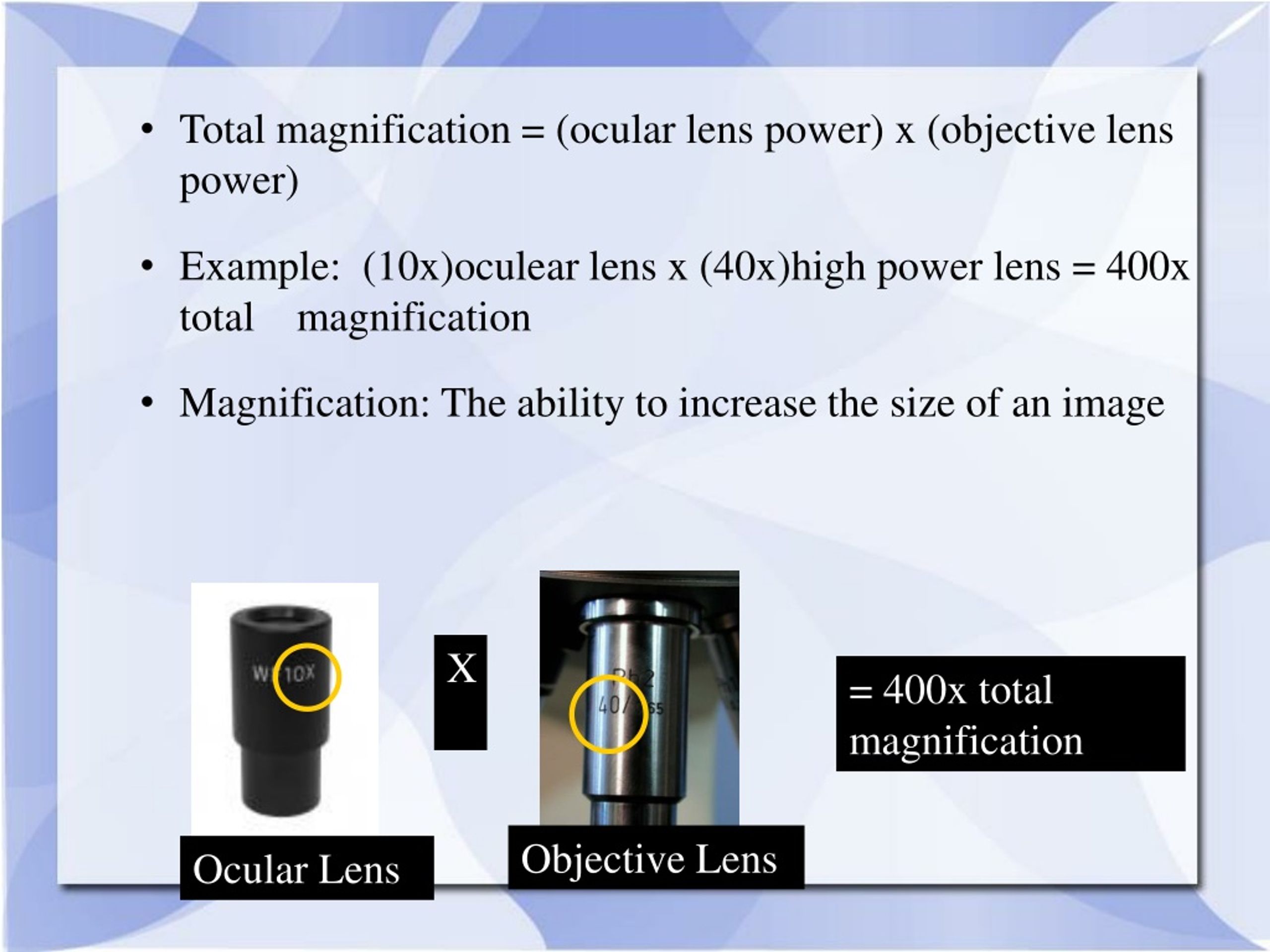
+Low-power+objective+(10x).jpg)
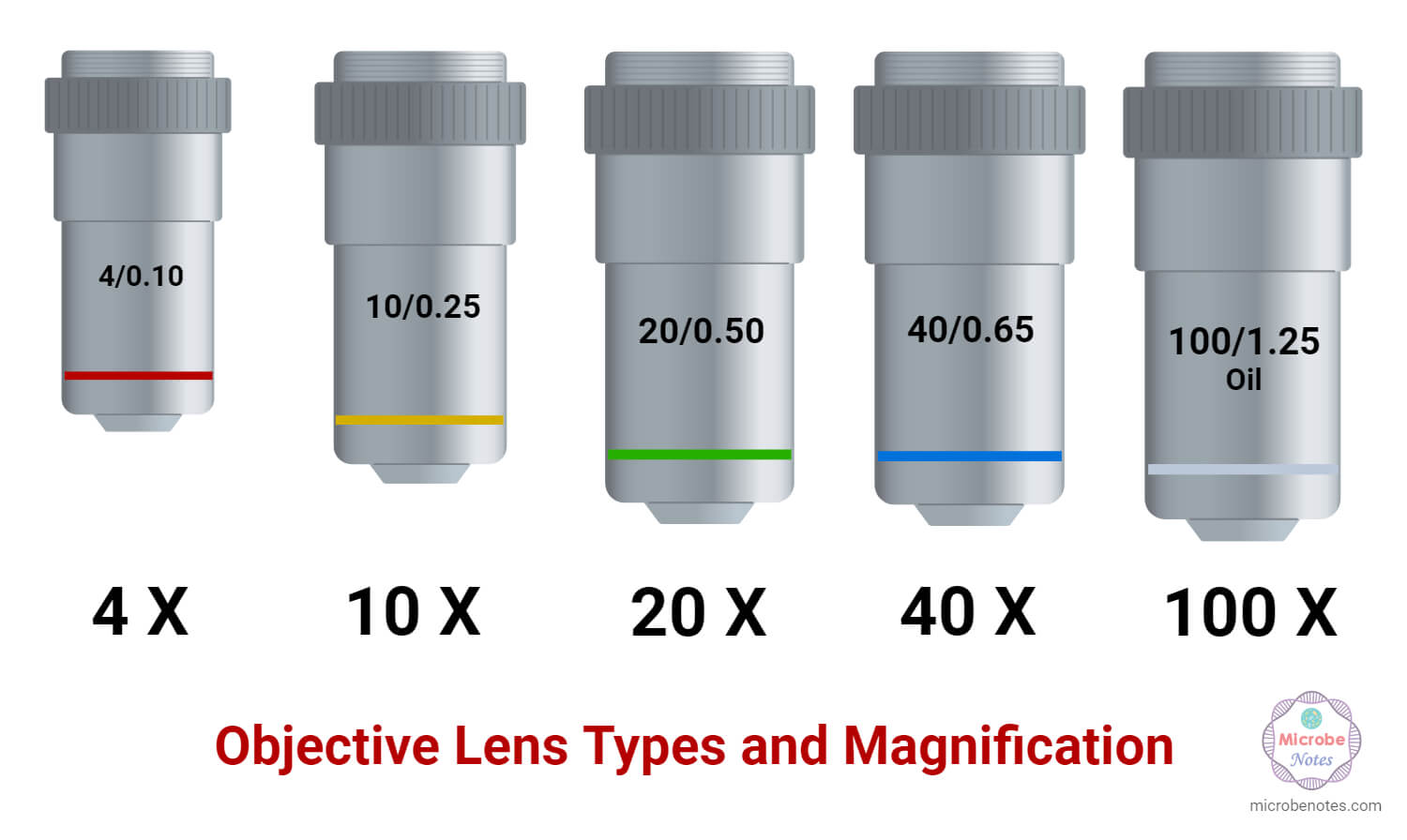

+and+the+power+of+objective+lens..jpg)
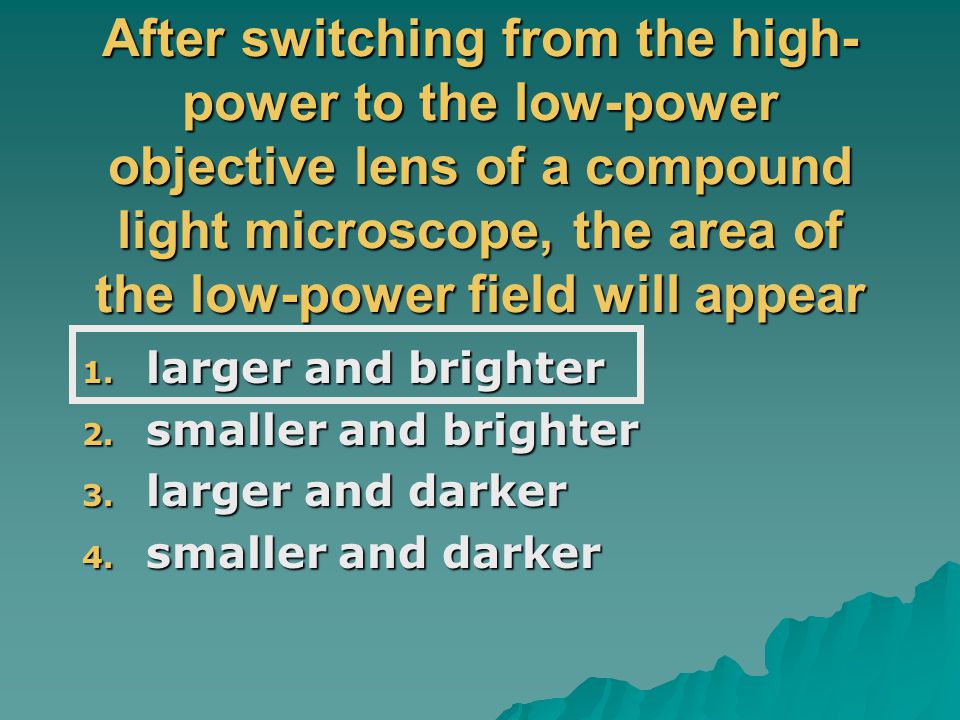
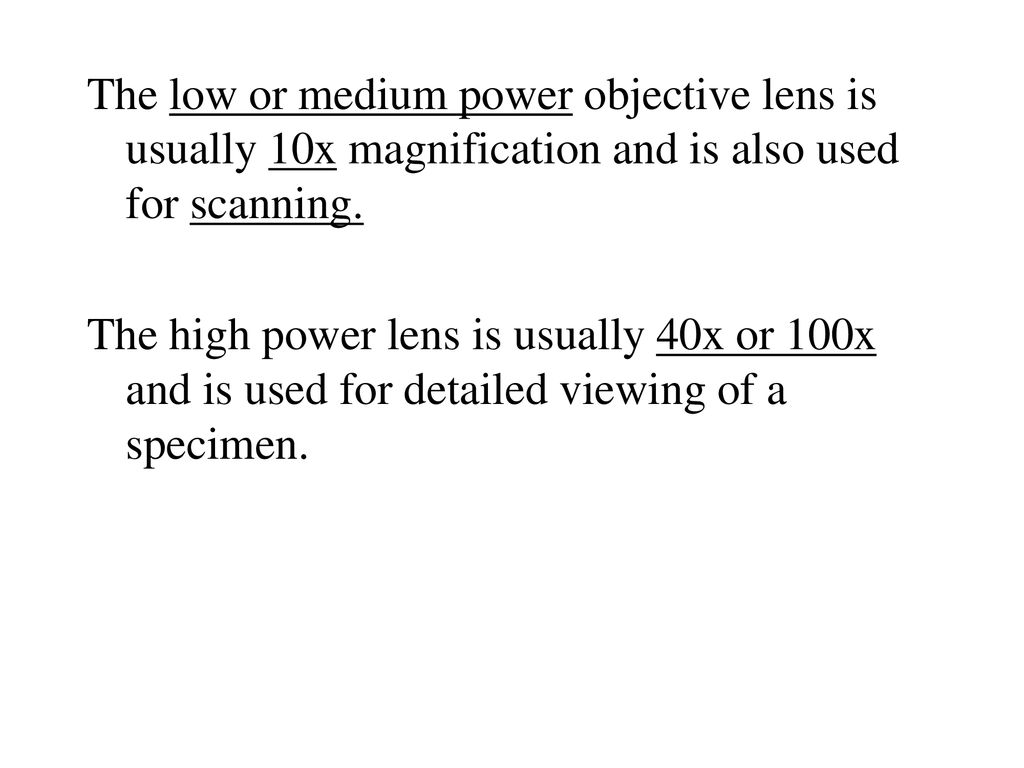
+x+power+of+objective+lens..jpg)
